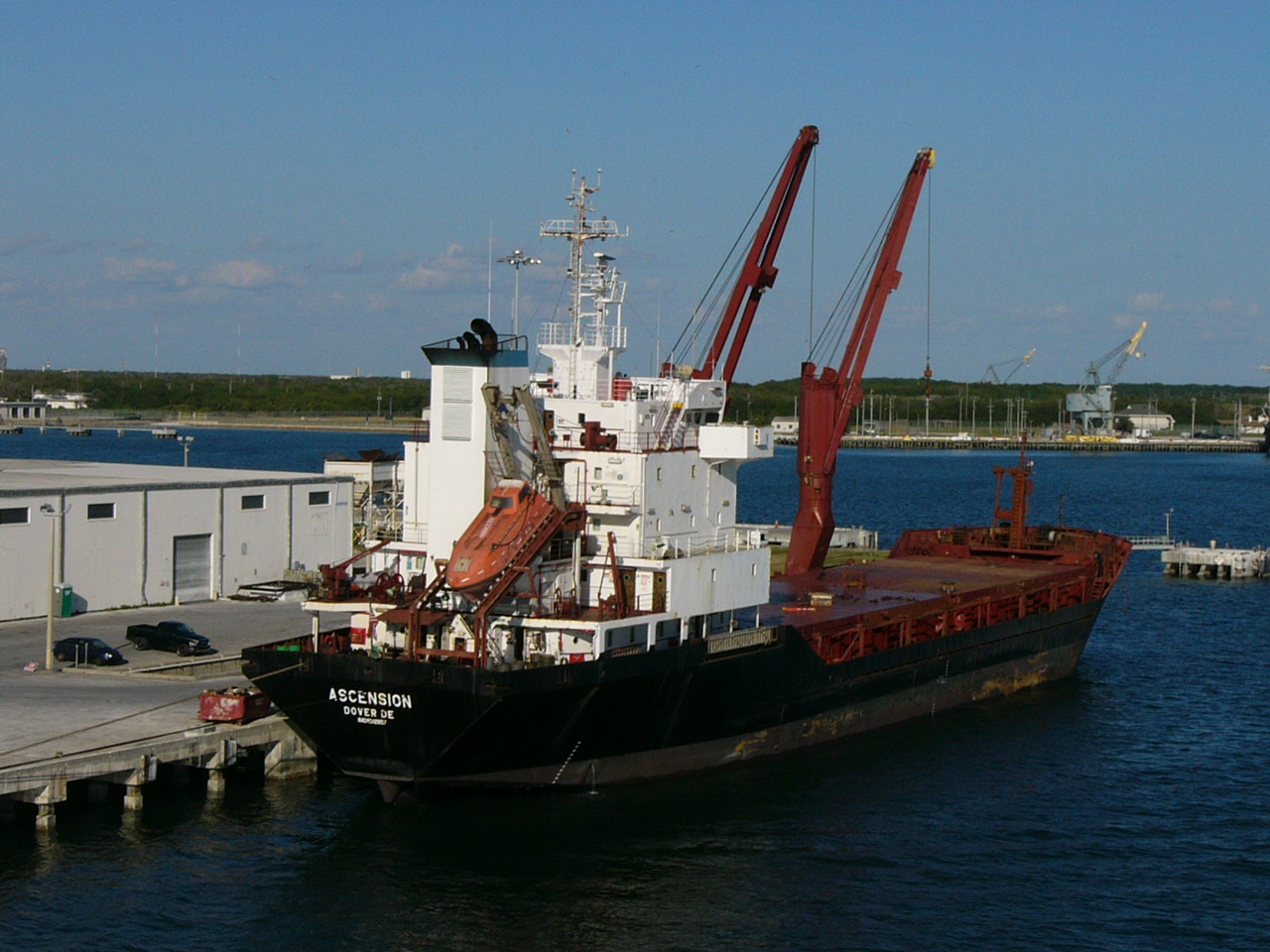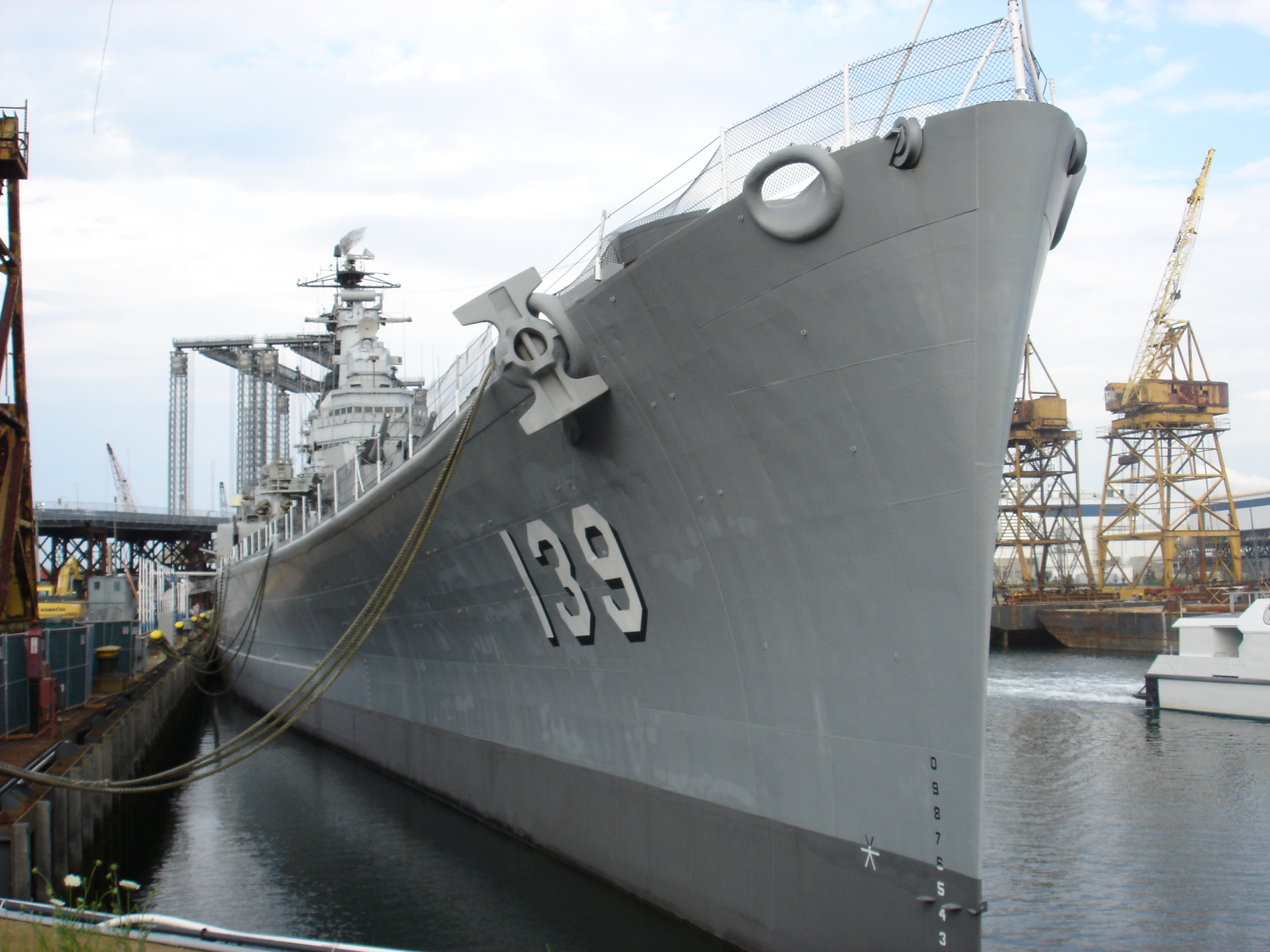|
Japanese Destroyer Sakaki (1915)
was one of 10 s built for the Imperial Japanese Navy during World War I. While operating in the Aegean Sea, ''Sakaki'' was torpedoed by an Austro-Hungarian U-boat in 1917. Design and description The ''Kaba''-class destroyers were improved versions of the preceding . They displaced at normal load and at deep load. The ships had a length between perpendiculars of and an overall length of , a beam of and a draught of . The ''Kaba''s were powered by three vertical triple-expansion steam engines, each driving one shaft using steam produced by four Kampon water-tube boilers.Friedman 1985, p. 242 Two boilers burned a mixture of coal and fuel oil while the other pair only used oil.Todaka, et al., p. 215 The engines produced a total of that gave the ships maximum speeds of .Watts & Gordon, p. 248 They carried a maximum of of coal and of oil which gave them a range of at speeds of . Their crew consisted of 92 officers and ratings.Jentschura, Jung & Mickel, p. 135 The main arma ... [...More Info...] [...Related Items...] OR: [Wikipedia] [Google] [Baidu] |
Sasebo, Nagasaki
is a core city located in Nagasaki Prefecture, Japan. It is also the second largest city in Nagasaki Prefecture, after its capital, Nagasaki. On 1 June 2019, the city had an estimated population of 247,739 and a population density of 581 persons per km2 (1,505 persons per square mile). The total area is . The city includes a part of Saikai National Park. Located in the southern part of the city is the Dutch-styled theme park ''Huis Ten Bosch''. The island of Ukujima is also administered as part of Sasebo city. History The area of present-day Sasebo was a small fishing village under the control of nearby Hirado Domain until shortly after the start of the Meiji period. Imperial Japanese Navy Admiral Tōgō Heihachirō, when surveying the coasts of northwestern Kyūshū for the site of a navy base, selected his location based on its protected, deep-water harbor, geographic proximity to China and Korea, and the presence of nearby coal fields. Sasebo Naval District, founded in 1886, b ... [...More Info...] [...Related Items...] OR: [Wikipedia] [Google] [Baidu] |
Deep Load
The displacement or displacement tonnage of a ship is its weight. As the term indicates, it is measured indirectly, using Archimedes' principle, by first calculating the volume of water displaced by the ship, then converting that value into weight. Traditionally, various measurement rules have been in use, giving various measures in long tons. Today, tonnes are more commonly used. Ship displacement varies by a vessel's degree of load, from its empty weight as designed (known as "lightweight tonnage") to its maximum load. Numerous specific terms are used to describe varying levels of load and trim, detailed below. Ship displacement should not be confused with measurements of volume or capacity typically used for commercial vessels and measured by tonnage: net tonnage and gross tonnage. Calculation The process of determining a vessel's displacement begins with measuring its draft.George, 2005. p.5. This is accomplished by means of its "draft marks" (or "load lines"). A me ... [...More Info...] [...Related Items...] OR: [Wikipedia] [Google] [Baidu] |
Stern
The stern is the back or aft-most part of a ship or boat, technically defined as the area built up over the sternpost, extending upwards from the counter rail to the taffrail. The stern lies opposite the bow, the foremost part of a ship. Originally, the term only referred to the aft port section of the ship, but eventually came to refer to the entire back of a vessel. The stern end of a ship is indicated with a white navigation light at night. Sterns on European and American wooden sailing ships began with two principal forms: the ''square'' or ''transom'' stern and the ''elliptical'', ''fantail'', or ''merchant'' stern, and were developed in that order. The hull sections of a sailing ship located before the stern were composed of a series of U-shaped rib-like frames set in a sloped or "cant" arrangement, with the last frame before the stern being called the ''fashion timber(s)'' or ''fashion piece(s)'', so called for "fashioning" the after part of the ship. This frame is ... [...More Info...] [...Related Items...] OR: [Wikipedia] [Google] [Baidu] |
Superstructure
A superstructure is an upward extension of an existing structure above a baseline. This term is applied to various kinds of physical structures such as buildings, bridges, or ships. Aboard ships and large boats On water craft, the superstructure consists of the parts of the ship or a boat, including sailboats, fishing boats, passenger ships, and submarines, that project above her main deck. This does not usually include its masts or any armament turrets. Note that in modern times, turrets do not always carry naval artillery, but they can also carry missile launchers and/or antisubmarine warfare weapons. The size of a watercraft's superstructure can have many implications in the performance of ships and boats, since these structures can alter their structural rigidity, their displacements, and/or stability. These can be detrimental to any vessel's performance if they are taken into consideration incorrectly. The height and the weight of superstructure on board a ship or ... [...More Info...] [...Related Items...] OR: [Wikipedia] [Google] [Baidu] |
Funnel (ship)
A funnel is the smokestack or chimney on a ship used to expel boiler steam and smoke or engine exhaust. They are also commonly referred to as stacks. Purpose The primary purpose of a ship's funnel(s) is to lift the exhaust gases clear of the deck, in order not to foul the ship's structure or decks, and to avoid impairing the ability of the crew to carry out their duties. In steam ships the funnels also served to help induce a convection draught through the boilers. Design Since the introduction of steam-power to ships in the 19th century, the funnel has been a distinctive feature of the silhouette of a vessel, and used for recognition purposes. Funnel area The required funnel cross-sectional area is determined by the volume of exhaust gases produced by the propulsion plant. Often this area is too great for a single funnel. Early steam vessels needed multiple funnels ( had 5 when launched), but as efficiency increased new machinery needed fewer funnels. Merchant ships ... [...More Info...] [...Related Items...] OR: [Wikipedia] [Google] [Baidu] |
QF 12-pounder 12 Cwt Naval Gun
The QF 12-pounder 12-cwt gun (abbreviated as Q.F. 12-pdr. (12-cwt.)Gun drill for Q.F. 12-pdr. (12-cwt.) gun (Land service) 1925 the War Office, 1925) was a common, versatile calibre naval gun introduced in 1894 and used until the middle of the 20th century. It was produced by , Elswick and used on warships, exported to alli ... [...More Info...] [...Related Items...] OR: [Wikipedia] [Google] [Baidu] |
Bow (ship)
The bow () is the forward part of the hull of a ship or boat, the point that is usually most forward when the vessel is underway. The aft end of the boat is the stern. Prow may be used as a synonym for bow or it may mean the forward-most part of the bow above the waterline. Function A ship's bow should be designed to enable the hull to pass efficiently through the water. Bow shapes vary according to the speed of the boat, the seas or waterways being navigated, and the vessel's function. Where sea conditions are likely to promote pitching, it is useful if the bow provides reserve buoyancy; a flared bow (a raked stem with flared topsides) is ideal to reduce the amount of water shipped over the bow. Ideally, the bow should reduce the resistance and should be tall enough to prevent water from regularly washing over the top of it. Large commercial barges on inland waterways rarely meet big waves and may have remarkably little freeboard at the bow, whereas fast military ve ... [...More Info...] [...Related Items...] OR: [Wikipedia] [Google] [Baidu] |
Quick-firing Gun
A quick-firing or rapid-firing gun is an artillery piece, typically a gun or howitzer, which has several characteristics which taken together mean the weapon can fire at a fast rate. Quick-firing was introduced worldwide in the 1880s and 1890s and had a marked impact on war both on land and at sea. Characteristics The characteristics of a quick-firing artillery piece are: *A breech-loading weapon with a breech mechanism that allows rapid reloading *Single-part cased ammunition, i.e. a cartridge containing both shell and propellant * Recoil buffers to limit recoil, so the barrel can quickly return to the same position after firing *The use of smokeless powder – nitrocellulose, nitroglycerine, or cordite – which create far less smoke than gunpowder, meaning that gun crews could still see their target These innovations, taken together, meant that the quick-firer could fire aimed shells much more rapidly than an older weapon. For instance, an Elswick Ordnance Company 4. ... [...More Info...] [...Related Items...] OR: [Wikipedia] [Google] [Baidu] |
Fuel Oil
Fuel oil is any of various fractions obtained from the distillation of petroleum (crude oil). Such oils include distillates (the lighter fractions) and residues (the heavier fractions). Fuel oils include heavy fuel oil, marine fuel oil (MFO), bunker fuel, furnace oil (FO), gas oil (gasoil), heating oils (such as home heating oil), diesel fuel and others. The term ''fuel oil'' generally includes any liquid fuel that is burned in a furnace or boiler to generate heat (heating oils), or used in an engine to generate power (as motor fuels). However, it does not usually include other liquid oils, such as those with a flash point of approximately , or oils burned in cotton- or wool-wick burners. In a stricter sense, ''fuel oil'' refers only to the heaviest commercial fuels that crude oil can yield, that is, those fuels heavier than gasoline (petrol) and naphtha. Fuel oil consists of long-chain hydrocarbons, particularly alkanes, cycloalkanes, and aromatics. Small molecules, such as ... [...More Info...] [...Related Items...] OR: [Wikipedia] [Google] [Baidu] |
Kampon
The was the externally operating division of the Ministry of the Navy of Japan responsible for the administration of naval vessel construction. From 1923 onward, it took on the role of a research institution for the research and development of naval technologies and engineering. This included studying and investigating existing western naval technology, developing and overseeing Japan's domestic shipbuilding and arms industries, and training officers to become naval engineers and inspectors. The bureau was dismantled along with the naval ministry in November 1945 after Japan surrendered to the Allies at the end of World War II. Taishō period weapons The Department developed various weapons during the Taishō period. These were known a "Xth Year Type" weapons, with the year being the year of the Taishō Emperor's reign (dating from 30 July 1912 - 25 December 1926). [...More Info...] [...Related Items...] OR: [Wikipedia] [Google] [Baidu] |
Draft (ship)
The draft or draught of a ship's hull is the vertical distance between the waterline and the bottom of the hull ( keel). The draught of the vessel is the maximum depth of any part of the vessel, including appendages such as rudders, propellers and drop keels if deployed. Draft determines the minimum depth of water a ship or boat can safely navigate. The related term air draft is the maximum height of any part of the vessel above the water. The more heavily a vessel is loaded, the deeper it sinks into the water, and the greater its draft. After construction, the shipyard creates a table showing how much water the vessel displaces based on its draft and the density of the water (salt or fresh). The draft can also be used to determine the weight of cargo on board by calculating the total displacement of water, accounting for the content of the ship's bunkers, and using Archimedes' principle. The closely related term "trim" is defined as the difference between the forward and ... [...More Info...] [...Related Items...] OR: [Wikipedia] [Google] [Baidu] |


.jpg)


.jpg)
_12-pounder_gun.jpg)



